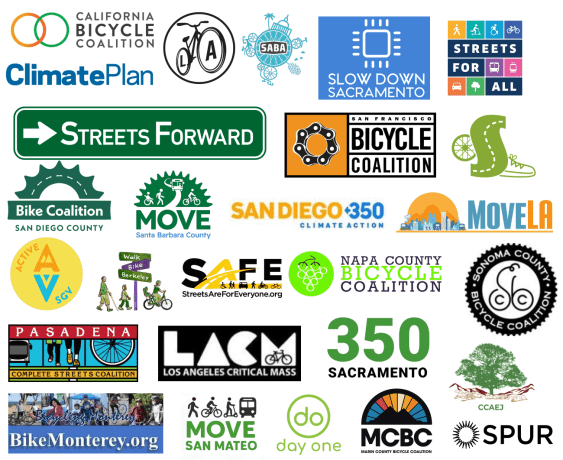
A new report from the International Transport Forum shows America is only falling farther behind all of its peer nations on street safety [PDF].
The traffic fatality rate in the United States (10.7 per 100,000 people) is nearly four times higher than in the United Kingdom (2.8 per 100,000) and close to double that of Canada (5.8). To put that in perspective, if America had the same traffic fatality rate as the U.K., around 25,000 fewer people would be killed every year.
America's street safety record puts it near the bottom of the ITF's ranking of 35 countries, far behind most other developed nations.
Traffic deaths have generally been declining in America, but not nearly as fast as in other countries. From 2000 to 2012, the U.S. managed to lower traffic death rates just 20 percent. Even Australia, another laggard that ITF grouped among nations with the "least success" reducing traffic deaths, still managed to cut fatalities 28.5 percent. Meanwhile, high performers Denmark, Spain, and Portugal all reduced fatality rates 65 percent or more over the same period.
Preliminary data from 2013 indicate nine countries -- Austria, the Czech Republic, France, Greece, Lithuania, the Netherlands, New Zealand, Portugal and Switzerland -- reduced fatality rates more than 10 percent in a single year.

America's dismal performance does not reflect a lack of resources. Sometimes "safety" expenditures in the United States include obscene projects like Wisconsin's $1.7 billion "Zoo Interchange," justified in large part by its supposed role in reducing collisions.
As we've reported before, the old road safety paradigm in the U.S. is broken. ITF notes that American safety initiatives over the last few decades have focused on making driving safer with enhanced technology in cars (airbags), efforts to increase seat belt usage, and cracking down on drunk driving.
The European nations that have been especially successful at reducing traffic deaths have gone a lot farther, prioritizing the safety of pedestrians and cyclists over the speed and convenience of driving, especially in urban areas.
In the UK and France, for example, key initiatives have included the proliferation of 20 mph zones in many UK cities and, soon, throughout Paris. ITF reports that France has also increased the use of red-light and speed cameras as a key policy initiative to prevent traffic deaths.
Speed reduction seems to be especially important in reducing pedestrian and cyclist fatalities, where American performance has been particularly poor compared to peer nations. In the U.S., pedestrians accounted for a much greater share of road fatalities in 2012 (29 percent) than in 2000 (18 percent).
In the UK, meanwhile, pedestrian deaths are falling as a share of overall traffic fatalities. The number of pedestrians killed in that nation declined 75 percent between 1990 and 2012, compared to a 66 percent drop among motor vehicle occupants. Pedestrians are especially vulnerable to speeding motorists, and the U.K.'s efforts to reduce speeding appear to be paying off. ITF reports that speed is a factor in 12 percent of road fatalities in the U.K., compared to 30 percent in the U.S.






